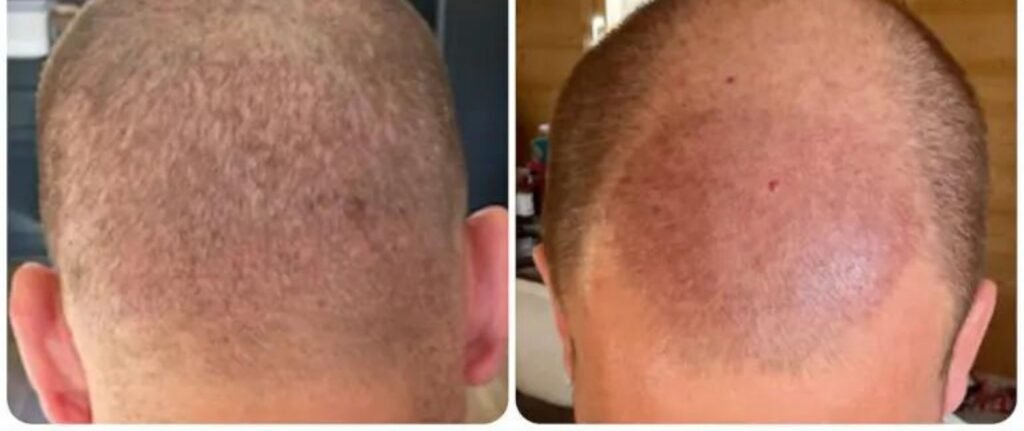Congratulations on completing your hair transplant procedure! Now that you’ve taken this significant step towards regaining a fuller head of hair, proper post-operative care and recovery are essential for achieving optimal results. In this blog, we’ll guide you through what to expect after your hair transplant surgery and how to care for your scalp during the healing process.
1. Immediate Post-Operative Care
Immediately after your hair transplant procedure, your scalp will be sensitive and require gentle care:
- Dressing Removal: Your surgeon may apply a dressing or bandage to protect the donor and recipient areas. Follow their instructions regarding when and how to remove these dressings.
- Medications: You may be prescribed antibiotics to prevent infection and medications to reduce swelling and discomfort. Take these medications as directed by your surgeon.
- Rest and Avoidance of Activities: Rest with your head elevated to reduce swelling. Avoid strenuous activities, heavy lifting, and bending over, as these actions can strain the scalp and affect the healing process.
2. Cleansing the Scalp
Proper cleansing of your scalp is crucial to prevent infection and promote healing:
- Instructions for Cleansing: Your surgeon will provide specific instructions on when and how to cleanse your scalp. Typically, a gentle shampoo or cleanser will be recommended, and you’ll be advised to gently wash around the transplanted areas without rubbing or scratching.
- Patting Dry: After cleansing, pat your scalp dry with a soft towel. Avoid rubbing or using hair dryers on high heat, as these can irritate the sensitive scalp and grafts.
3. Managing Swelling and Discomfort
It’s normal to experience some swelling, tenderness, and mild discomfort after a hair transplant:
- Ice Packs: Applying ice packs or cold compresses to the forehead or around the donor and recipient areas can help reduce swelling and discomfort. Use them as directed by your surgeon to avoid excessive cold exposure.
- Pain Relief: If you experience discomfort, over-the-counter pain relievers recommended by your surgeon can help alleviate pain. Avoid aspirin, as it can increase bleeding risk.
4. Protecting the Transplanted Area
During the initial healing phase, take precautions to protect the transplanted grafts:
- Avoiding Sun Exposure: Direct sunlight can damage the delicate grafts and cause complications. Wear a hat or use sunscreen to protect your scalp when outdoors.
- Avoiding Pressure: Avoid wearing tight-fitting hats, helmets, or any other headgear that may put pressure on the transplanted areas.
5. Follow-Up Appointments
Attend scheduled follow-up appointments with your surgeon to monitor your progress:
- Assessment of Grafts: Your surgeon will examine the transplanted grafts to ensure they are healthy and growing properly.
- Additional Care Instructions: Based on your healing progress, your surgeon may provide additional care instructions or adjustments to your post-operative care routine.
6. Hair Growth Timeline
Hair transplant results are gradual, and new hair growth typically begins within 3-4 months after the procedure:
- Shedding: Initially, the transplanted hair may shed, which is a normal part of the hair growth cycle.
- New Hair Growth: Over the following months, new hair will start to grow from the transplanted follicles. Patience is key, as full results may take up to 12-18 months to fully develop.
Conclusion
Successfully navigating the post-operative care and recovery period is essential for achieving successful hair transplant results. By following your surgeon’s instructions diligently, maintaining a gentle cleansing routine, protecting your scalp from injury, and attending follow-up appointments, you can support optimal healing and enjoy the benefits of restored hair growth. Remember, each person’s recovery timeline may vary, so stay patient and trust the process as you embark on your journey to fuller, thicker hair.

